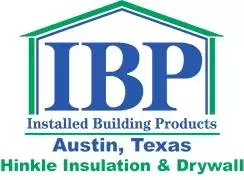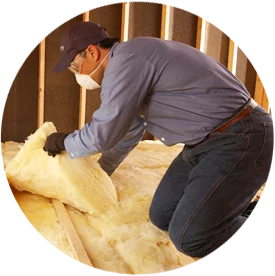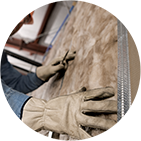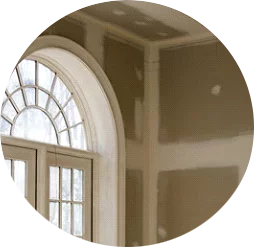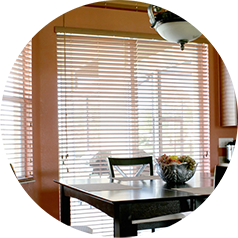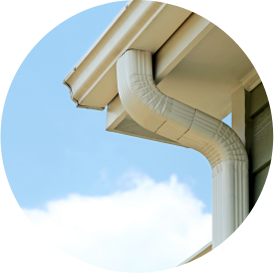Looking for ways to save energy at home and save money? If you haven’t considered evaluating your insulation levels and installing more if necessary, we recommend you think about it! If you’ve already decided you may need insulation, one of the next questions you’ll probably ask is “What type of insulation should I install?”
There are a number of different choices available. Two of the most commonly installed materials are spray foam and fiberglass. Learn the qualities of both these types of insulation so you can make an informed decision for your home.
Spray Foam Insulation
This material is made of polyurethane in either a closed-cell or open-cell formula. Closed-cell spray foam is filled with a low-conductivity, non-HCFC (hydrochlorofluorocarbon) gas to help the material expand and fill the space around it. This type of spray foam reaches R-values of R-5.5 to R-6.5 per inch. Open-cell spray foam is spongier and less dense and achieves about R-3.6 per inch.
Whichever type you choose, the foam is sprayed directly into open wall or attic floor cavities, where it expands to seal and fill the cavity completely. This makes spray foam ideal for areas with an irregular shape or obstructions (pipes, wiring, etc.) passing through them.
Spray foam is also:
- Flexible
- Permeable to water vapor so your home can breathe
- Ideal for irregularly shaped locations
Fiberglass Insulation
In the debate of spray foam insulation vs. fiberglass, people tend to be more familiar with the latter. Fiberglass, which is comprised of extremely fine glass fibers, is commonly found in two forms: batts and loose-fill. Medium-density batts provide an R-value of just over R-3 per inch. They come in standard sizes to fit between ceiling, wall and floor joists built to code.
Loose-fill fiberglass is made of molten glass spun into fibers. Most manufacturers use 20 to 30 percent recycled glass for a more environmentally friendly insulation material. While loose-fill requires a special blowing machine to apply the insulation, it can be worthwhile to fill oddly shaped areas not ideal for batts. Loose-fill offers R-2.2 to R-2.7 per inch.
Fiberglass is also:
- Inorganic
- Resistant to water absorption
- A good sound absorber
Foam and fiberglass are both practical options. Great for attic insulation and other applications, they can be widely used.
For more help determining which is best for your home and unique situation, contact Hinkle Insulation today. We’d love to discuss your project!
